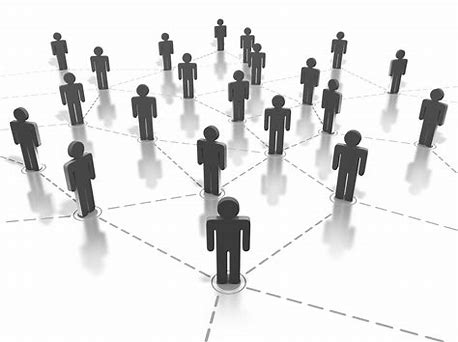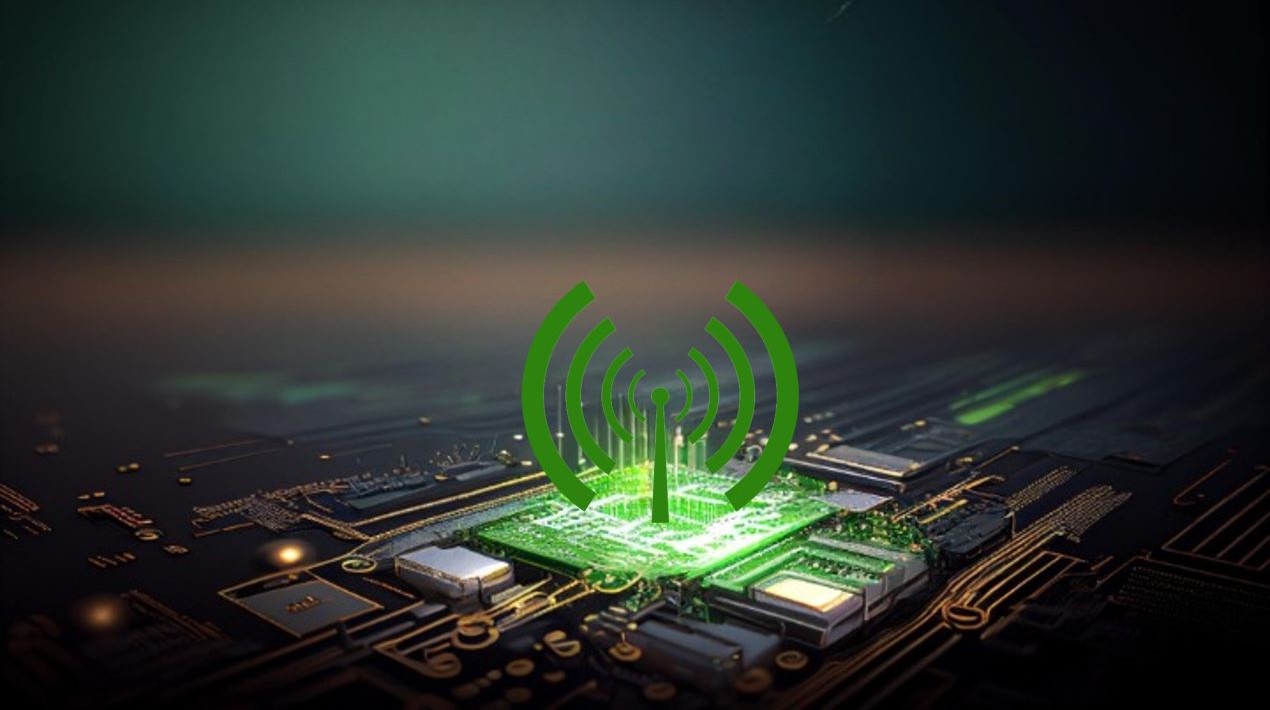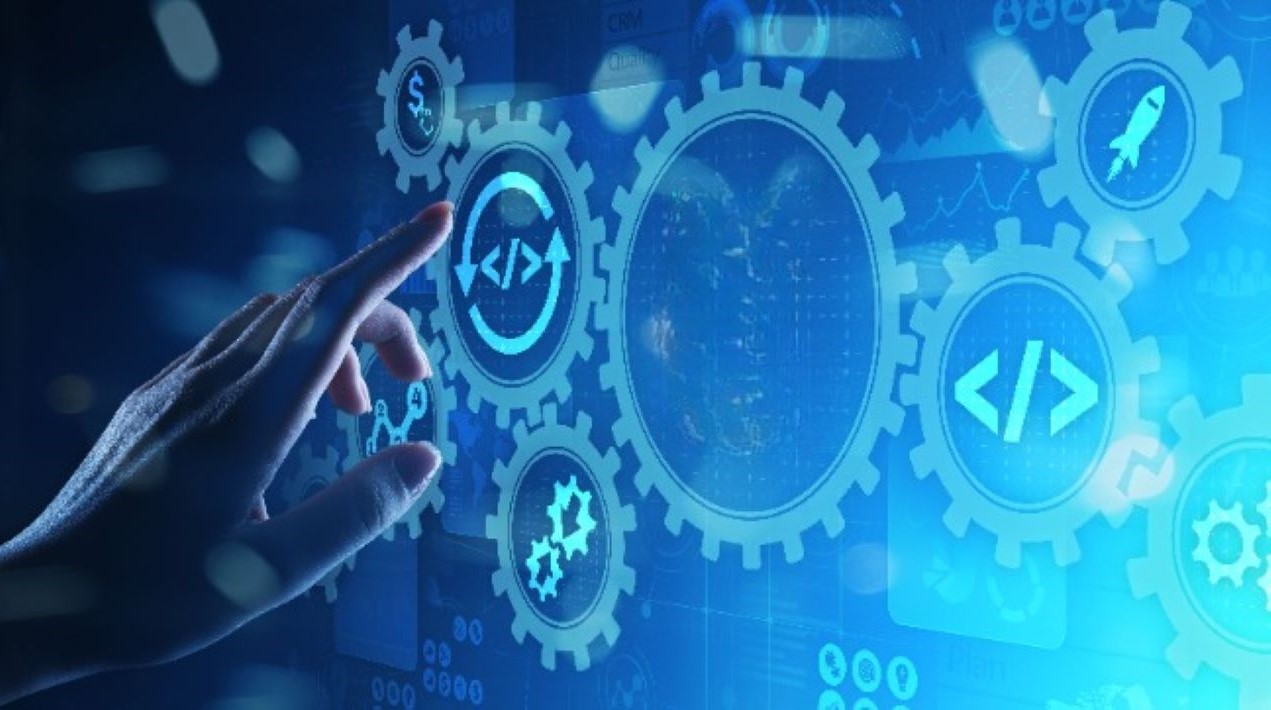
Without using digital contact tools, contact tracing is slow, taxing and not very reliable since as human memory is not always accurate and cannot remember everyone and every place they have encountered in a two week period. Rapid contact tracing will help reduce these risks.
The Singapore Government has introduced digital tools and solutions including TraceTogether and SafeEntry to supplement contact tracing efforts by the Ministry of Health (MOH).
Digital Tracing key to fighting COVID-19
The use of digital contact tracing tools have enabled authorities to go from taking 2-3 days to do activity-mapping for a patient, to issuing a quarantine order in less than a day.
In order for the time efficiency and accuracy of contact tracing to improve, more people need to sign up to the TraceTogether programme. It is only with widespread use and the relevant data that these digital tools can work effectively.
To date, about 1.8 million people have downloaded the TraceTogether app on a voluntary basis, but Dr Vivian Balakrishnan, Minister-in-Charge of the Smart Nation Initiative said in his speech at the virtual MTF Press Conference held on 8 June 2020 that this was not enough.
The app currently does not cover the digitally excluded population including the elderly and young children may not have smartphones. It also does not work reliably on iOS devices, and can pose a significant drain on battery life. This is a feature of the iOS, and cannot be reliably overcome by the app design.
New standalone device for all – TraceTogether Token
The Government is expanding the TraceTogether Programme to include a standalone device – TraceTogether Token. The TraceTogether Token will ensure better coverage for everyone in Singapore for effective contact tracing.
It will function in the same way the app does and uses Bluetooth signals to record other nearby TraceTogether devices.
TraceTogether Token has no GPS. This means the device does not capture geolocation data and captures only proximity data. This means a person cannot be tracked and nobody would know where a person has been.
The device has no Internet or cellular connectivity. This means the data cannot be pulled from the device unless the user physically hands in the device to MOH contact tracers, if they are confirmed to be infected with COVID-19.
If the user becomes a patient, it is critical that close contacts are identified as soon as possible. This is when MOH will ask the user to hand over his device for the data to be extracted, for contact tracing. If users are not identified to the COVID positive, the encrypted proximity data will reside in the device for 25 days and then be deleted on a rolling basis.
TraceTogether Data will only be used for Covid-19 Tracing Purposes
PPrivacy is a key priority for the government as they improve the digital solutions to meet current needs and circumstances. Personal data will be protected and used only for contact tracing purposes and to curb the spread of COVID-19.
Only a small number of authorised personnel will have access to the data for contact tracing purposes. All public sector data protection rules will apply to the data held by MOH, including abiding by the recommendations of the Public Sector Data Security Review Committee.
















